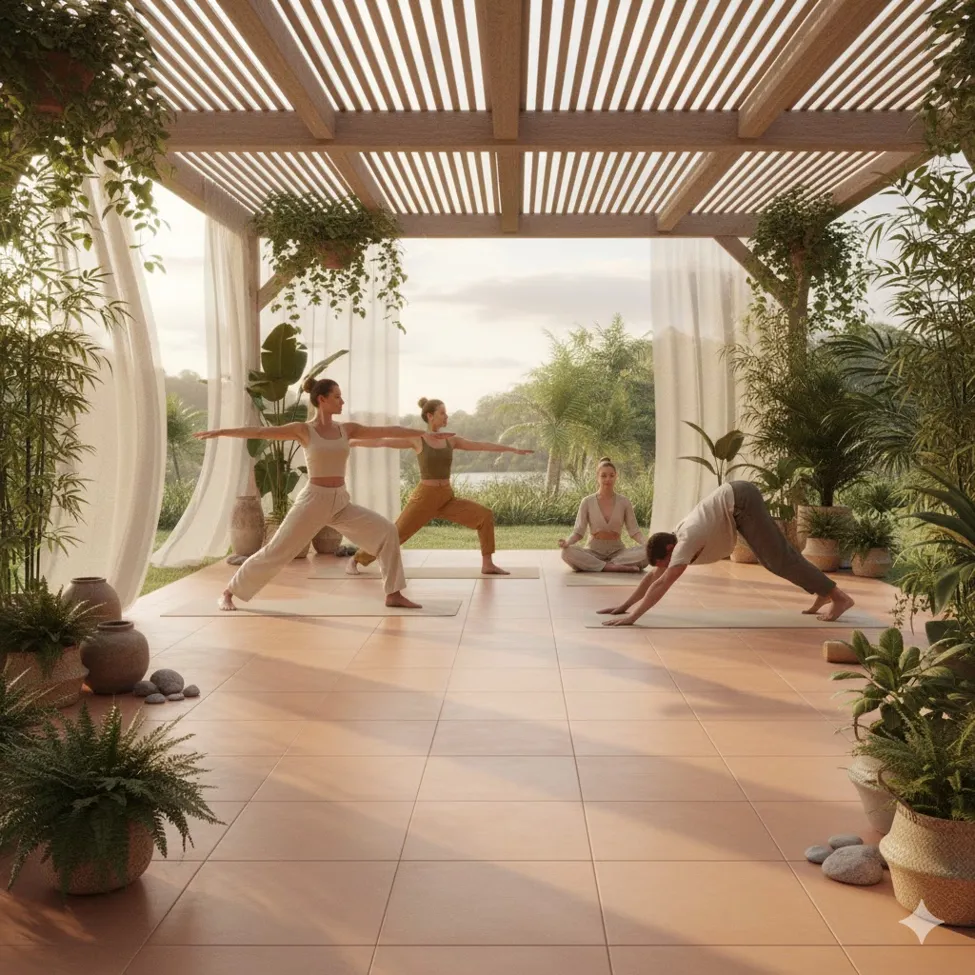In contemporary architecture, choosing the right flooring is no longer just a question of style. It’s a key element in ensuring safety and comfort in both residential and public spaces. The figures speak for themselves: falls caused by slipping on inadequate surfaces are one of the leading causes of injuries in the home, with consequences that can be particularly severe for the elderly and children. So an anti-slip floor is not just an accessory: it’s essential for creating safe, functional spaces without compromising on the elegance of contemporary design.
Ceramic technology has made significant progress over the past decade, with slip-resistant floors playing a key role in a quiet revolution combining superior technical performance with sophisticated style. These floors, developed with state-of-the-art manufacturing processes, offer a practical response to the need to prevent accidents in environments where water or moisture is present, such as bathrooms, kitchens, terraces and wellness areas, turning potential risk areas into safe settings, without compromising on appearance.






















